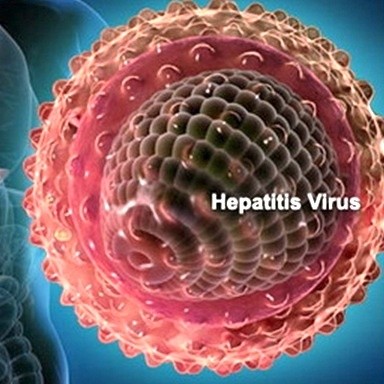Rare Enterovirus Making Its Way to Massachusetts
Friday, September 19, 2014

Enterovirus 68 – also known as EV-D68 – has been devastating the youth of the nation, especially those with asthma or other respiratory problems, causing public health officials, doctors, and families to remain on guard.
“It presents as a cold in most. People with lung disease, namely asthma, present with shortness of breath and wheezing,” said Dr. Thomas Kinane, a pediatric specialist at Massachusetts General Hospital, speaking at a press conference on Thursday. “We are seeing a lot of patients with that right now, more than usual. So our suspicion is that we’re seeing the enterovirus.”
The virus has been known to cause mild to severe respiratory illness, most commonly occurring in children. Symptoms can range from fever, sneezing, coughs, and body and muscle aches to difficulty breathing and wheezing. There is currently no vaccine for the virus.
Is It Already Here?
While public health officials are ready for the virus and are anticipating that it may soon strike the Commonwealth, a few hospitals are reporting that it may already be here.
Both Baystate Medical Center in Springfield and Massachusetts General Hospital in Boston have reported that the virus may have shown up at their respective hospitals; they are currently investigating “highly likely” cases.

What to Do
According to the CDC, the best way to prevent catching the enterovirus is to do four things: wash your hands frequently and correctly; avoid touching your eyes, nose, and mouth with unwashed hands; avoid kissing, hugging, and sharing utensils with people who are sick; and disinfect frequently touched surfaces, especially if someone is sick.
While the disease certainly poses a threat – especially to younger people and those with asthma – state and local health officials are saying that there is a capacity to respond to this illness. If proper precautions are taken and if people immediately seek medical attention at the onset of symptoms, then people have nothing to worry about.
“It poses a threat — there’s no doubt,” said Derek Brindisi Director of Worcester’s Division of Public Health. “We have the capacity to respond to this like anything else.”
Related Slideshow: The History of Disease Outbreaks in New England
Related Articles
- NEW: West Nile Virus Sample Found in Western Mass
- NEW: Health Alert: Virus Found In Raw Clams
- How to Protect Yourself Against EEE and West Nile Virus
- BREAKING: West Nile Virus found in Northbridge
- NEW: West Nile Virus Detected in Shrewsbury
- NEW: Parvovirus Outbreak Killing Dogs in Worcester County
- RI Hospital Part of Major National Alzheimer’s Disease Research
- Ri Hospital Fights Pulmonary Disease with New Trial
- Artist Creates “Nail Art” to Raise Money for Parkinson Disease Research
- New Local Support Group for those impacted by ALS (Lou Gherig’s Disease)
- Lyme Disease Prevention Tips
- UPDATE: More Hospitalized and More Sick
- Guest MINDSETTER™ Mary Ann Sorrentino: Penn State Spin is Sickening
- Grace Ross: Flu Is Not The Only Thing Making So Many Sick
- Coakley Blasts Baker for Opposition to Earned Sick Time Initiative
- Center for Disease and Control has Released 2014 Breastfeeding Report Card
- The 25 Biggest Diseases To Strike Massachusetts
- The History of Disease Outbreaks in New England
- BREAKING: West Nile Virus in Worcester
























Follow us on Pinterest Google + Facebook Twitter See It Read It